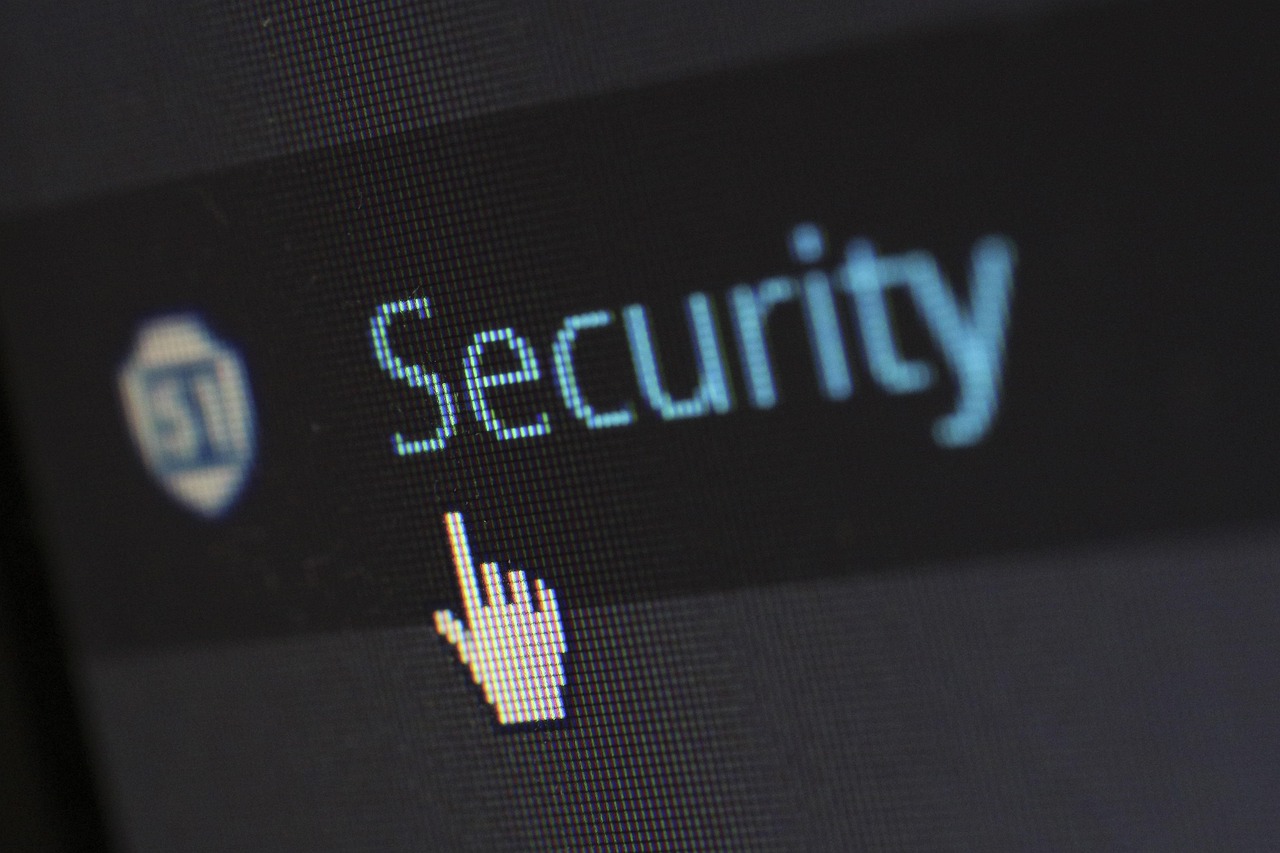Tips for Protecting Yourself from Deepfake Identity Theft
Deepfake technology has advanced rapidly, creating realistic audio, images, and videos that can mimic a person’s appearance or voice. While often used for entertainment, it has also opened doors to a dangerous form of cybercrime—deepfake identity theft. Criminals can exploit this technology to impersonate individuals, commit fraud, or spread false information. Protecting yourself requires awareness and proactive steps to safeguard your identity in the digital age.
Understand the Threat of Deepfakes
Deepfakes use artificial intelligence to manipulate or generate media that looks authentic. Unlike traditional identity theft, which relies on stolen personal information, deepfake crimes can replicate your face or voice. These convincing imitations serve scammers, financial fraudsters, or those seeking to damage people’s reputations. Recognizing the risks is the first step toward building strong defenses.
Limit Personal Content Shared Online

One of the easiest ways for criminals to create deepfakes is by collecting videos, photos, and voice recordings from social media. Limiting what you share publicly reduces the material available for manipulation. Review privacy settings on platforms you use and avoid posting unnecessary personal content, especially videos that provide clear voice samples.
Stay Alert to Unusual Requests
A growing trend involves fraudsters using deepfaked voices or videos to trick people into transferring money or sharing sensitive information. If you receive a request that feels out of character—even if it looks or sounds authentic—take a step back. Verify the request through another channel, such as calling the person directly or confirming with their workplace. Caution is one of the strongest defenses against manipulation.
Protect Your Voice and Images in Digital Spaces
As voice-based authentication and video calls become more common, protecting biometric data is essential. Be mindful of recording environments when using voice assistants or video platforms. Where possible, use platforms with built-in security measures that detect manipulation attempts. Some services now offer liveness checks or authentication tools to guarantee users are real, which can provide added peace of mind.
Use Strong Security Practices

Deepfake attacks are often combined with traditional cybercrime methods. Protect your accounts with strong, unique passwords and enable multi-factor authentication wherever possible. Regularly update your devices and applications to close security gaps. By strengthening digital security, you make it harder for criminals to gain access to personal data that could enhance a deepfake scam.
Monitor for Misuse of Your Identity
Tools and services exist that can alert you if your personal data, photos, or likeness appear in unexpected online spaces. Setting up Google Alerts for your name, using reverse image search, or subscribing to identity protection services can help you spot misuse early. If you suspect a deepfake is being used against you, report it immediately to the relevant platform or authority.
Deepfake identity theft represents one of the most concerning challenges in today’s digital world. While the technology can be impressive, it also carries serious risks for privacy and security. By limiting personal content online, practicing strong cybersecurity habits, verifying suspicious requests, and monitoring your identity, you can reduce your vulnerability.

